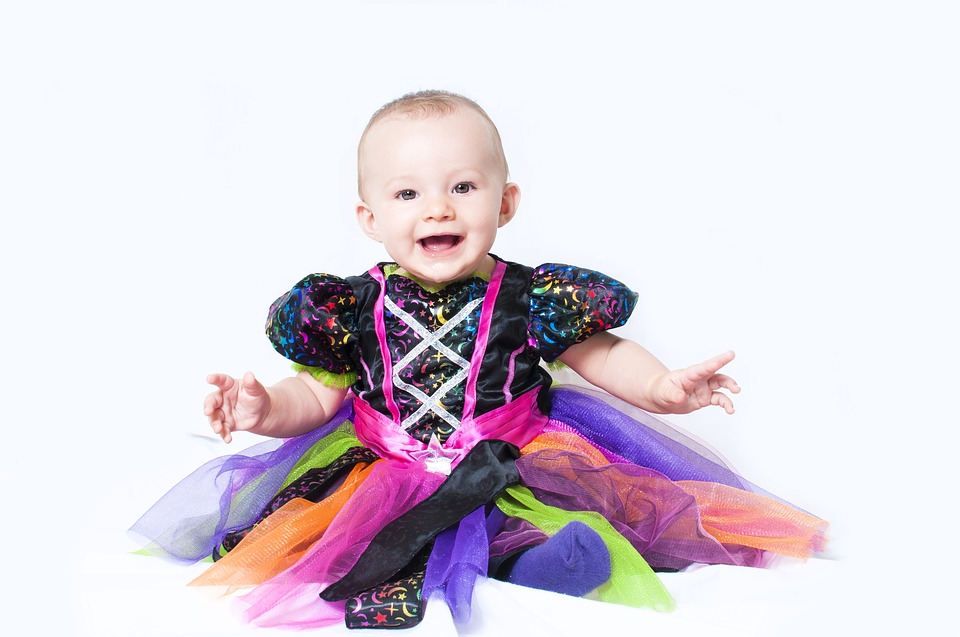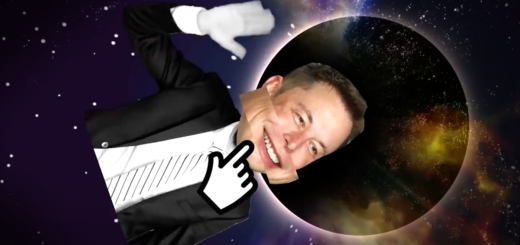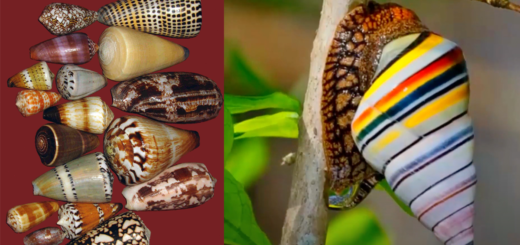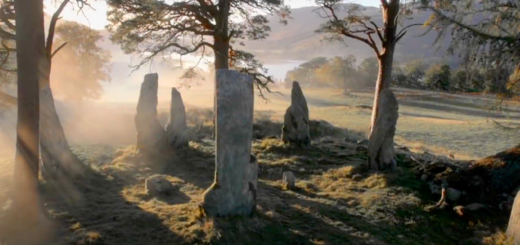33 Crazy Halloween Facts
Feeling spooked? In the mood for a little fright? Check out these weird Halloween facts, everybody’s favorite October holiday. If you dare.
Halloween is one of the best days of the year for kids, and kids at heart, all around the world. Halloween is one of the world’s most cherished holidays and celebrated by millions of people on the last day of October every year.
Although it has its roots in Western Christian festivals, it is a secular holiday and celebrated by anyone regardless of belief.
Most of us remember Halloween as that magical night where we would get together with our friends and dress up as a witch, pirate, ghost, or zombie and ask “trick or treat” at our neighbor’s doorsteps.
By the end of the evening, we would have bags upon bags full of delicious candy and treats.
While Halloween is the sweetest day of the year, it is also the spookiest holiday of the year too. Jack-o’-lanterns and only creepy sights are commonplace on Halloween night, where people celebrate the scary and the spooky openly.
For many, tricking-or-treating on Halloween is one of the best parts of childhood. And for adults, it gives us a great excuse to dress up, get in the festive spirit, and pig out on chocolate for a whole night.
But Halloween is about more than that. With a long and storied history, there are loads to know about this special day.
Want to know more about Halloween? Read on to discover the craziest facts about the spookiest holiday we all know and love.
Halloween History Facts
No list of Halloween facts would be complete without digging through a little history. Check out this list of some of the top facts about Halloween, including historical and etymological information.
What’s in a Name?
- The name of the holiday is Scottish in origin and based on the expression “All Hallows’ Eve.”
This refers to the day before All Saints’ Day (otherwise known as All Hallows’ Day) which is a holy day recognized by the Catholic Church.
This day, observed on November 1, features Church services such as Mass and the visitation of cemeteries and grave sites.
- The first appearances of the word “Halloween” date back to the mid-18th century in various medieval Christian poems and tales. In fact, its first known publication was in 1745.
- In old Scottish, the ending “een” (or, “e’en”) in Halloween is shorthand for “eve.” The first confirmed appearance of the phrase “All Hallows’ Eve” in English was in the 1550s.
History
- The first occurrence of Halloween festivities that resemble ours today was in ancient Ireland. It was called “Samhain,” and it was a pagan religious ritual practiced by the Celts.
Eventually, the practice spread across Great Britain and into modern-day France.
- In ancient Gaelic, the term “Samhain” translates to “end of summer” which signifies the beginning of the darker half of the year.
This roughly corresponds to the halfway point between the autumn equinox and the winter solstice. Samhain was one of four major Gaelic festivals celebrated with the changing of the seasons.
- According to ancient Celtic lore, the festival of Samhain (celebrated between October 31 and November 1 was a special day which the dead could walk on Earth.
This began the “spooky” and “undead” tradition of Halloween that has remained to this day.
Trick or Treats?
- Modern Halloween involves trick-or-treating, which was practiced by grown adults. In addition, costumed adults would visit their neighbors and request food and drink.
In return, they would have to dance or sing a song on their doorstep.
- The practice of trick-or-treating has its roots in the United Kingdom and Ireland as a religious rite. In the early days of Halloween, neighbors would visit each other to ask for “soul cakes.”
Once received, they would pray together.
- The Jack-o’-lantern is one of the top symbols of Halloween across the world. It began with the Celts in Scotland and Ireland who used large root vegetables as lanterns during this time of year.
- Jack-o’-lanterns get their name from a man—presumably named Jack—who died and was sent to Purgatory.
Once there, he walked among the living for eternity with only a single lantern to guide his way.
- The Halloween that we know and love today arrived in North America in the 19th century.
The Irish and Scottish immigrants brought the original practice. Thus, this practice became infused with the mysticism and voodoo spiritualism brought by Haitian and African Americans.
Interesting Halloween Facts
If you want to step your trick-or-treating trivia game up a notch, check out these cool Halloween facts. You will find out just how much you did not know about every kid’s favorite autumn holiday.
Terrifying Trivia
- Ancient Roman lore holds that men who would partake in the proto-Halloween festival known as “Samhain” would commonly wear animal heads as costumes.
In what is now Germany and France, Roman festival-goers casually adorned horse heads and other animal skins on top of their own to connect with the dead.
- In Ireland, Halloween was traditionally an evening for finding your soulmate. On many occasions, bachelors and bachelorettes would gather and play matchmaking games.
These games were said to be the key to finding true love.
Some American animal shelters refuse to adopt out black cats around Halloween. This is because they fear that they will be sacrificed, abused, or forced into a ritual of some sort.
Deindividuation
- Nope, you weren’t just imagining it. According to one study, kids misbehave a lot more on Halloween night and in the days following.
This is due to a psychological process known as “deindividuation” that masks individual behavior with group behavior.
- Girls in Scotland once believed that they would see their future husbands if they laid their bedsheets in front of the fire on Halloween night.
- Halloween is not celebrated equally across the Western world. In fact, countries such as France and Australia do not celebrate Halloween nearly as much as the United States or Canada.
This is because Halloween is seen as being too heavily commercialized, and as being too “American” for their native cultures.
- The reason why Halloween is associated with the colors black and orange is simple: orange is the color of the autumn harvest, and black is the color of death, darkness, and the afterlife. Together, they symbolize Halloween. (This is one of our personal favorite Halloween facts, due to its simplicity).
Spooky Stats
- Children and youth are over twice as likely to be killed in a pedestrian-car collision on Halloween night than any other day of the year. Stay safe out there, folks!
- Roughly 180 million Americans celebrate Halloween every year. Additionally, seven out of every ten adult Americans hand out candy to trick-or-treaters every year.
- Behind only Christmas, Halloween is the second most popular day of the year for American children under the age of 12.
- The world record for the most Jack-o’-lanterns lit at once is held by the City of Keene, New Hampshire. On October 19, 2013, the people of Keene lit 30,581 lanterns at the same time.
The project, led by Let It Shine Inc., narrowly surpassed the former record held by Boston, Massachusetts.
- In 2017, Americans spent nearly $10 billion on Halloween candies, decorations, and costumes. This number will rise in the coming years.
Most Popular Halloween Costumes
- The top Halloween costumes for children (in order) are superheroes, princesses, animals, Spider-Man, and Star Wars characters (like Darth Vader, Finn, or Rey).
- For adults, the most popular Halloween costumes are (in order) witches, characters from the Batman franchise (like Batman, Catwoman, the Joker, or Harley Quinn), animals, pirates, and Marvel superheroes.
- As for pets, their most popular Halloween costumes are (in order) pumpkins, hot dogs, pirates, bumble bees, and devils.
- Men spend more money on average than women for Halloween festivities, at USD 96 per year compared to just $77.
- When it comes to finding the perfect Halloween costumes, celebrants are beginning to look online. Google searches and other online search options are now the leading inspiration for costumes, which has surpassed browsing through retail stores.
- Adult men are more likely to hold out for the last two weeks of October before doing any Halloween shopping compared to women. In 2017, 24% of men waited in comparison to 17% of women.
- Discount stores or dollar stores are the top retail location for Halloween celebrants. With Halloween stores, grocery stores, and department stores taking the next spots on the list.
- In 2017, the DC Comics superhero Wonder Woman was the 10th most popular costume for women and children.
This surge in popularity is likely due to the release of the Wonder Woman film that released in June of the same year.
- Halloween is considered the third largest “party day” in North America. Only New Year’s Eve and Super Bowl Sunday rank above it.
- In the United States, 93% of all children between the ages of 4 and 13 go trick-or-treating.








